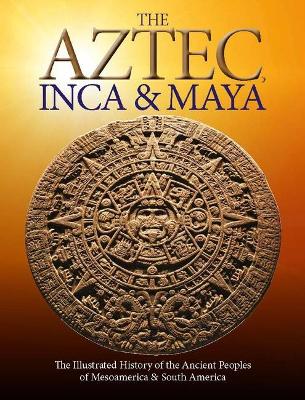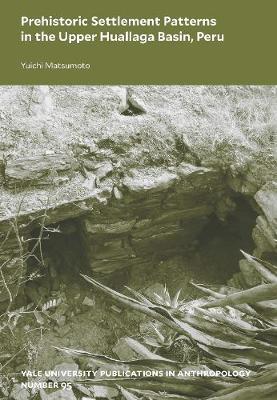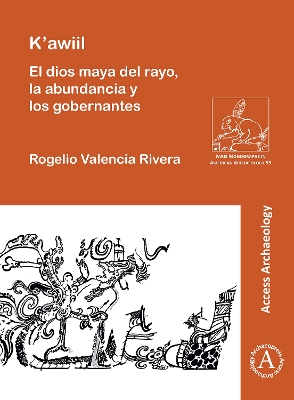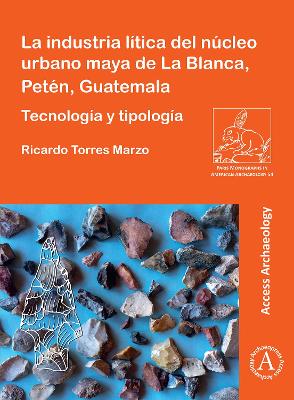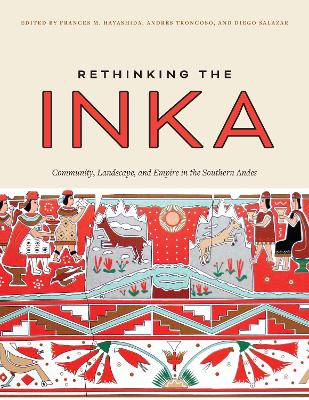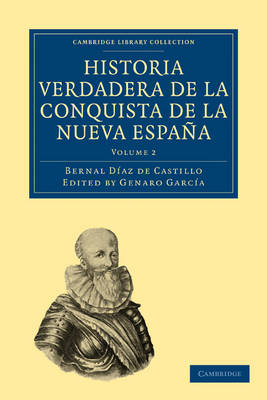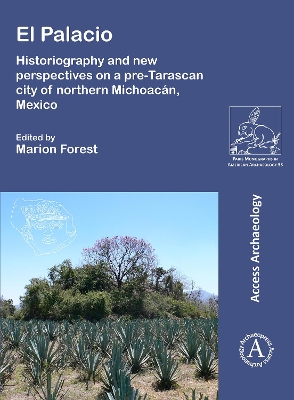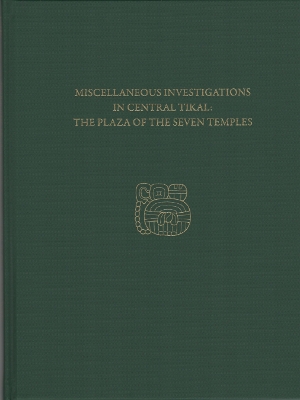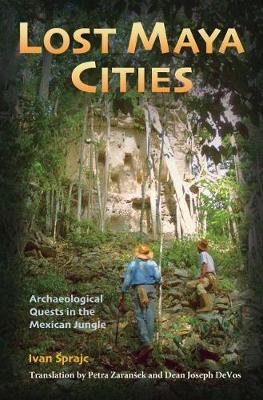The Aztec, Inca and Maya charts the rise and fall pre-Columbian civilizations in Mesoamerica and South America, from the Maya to the Aztec and Inca empires, as well as the Zapotec, Olmec, Teotihuacan and Toltec civilizations. From government structures to marriage rites, from pyramids to human sacrifice, from agriculture to textiles, astronomy to hieroglyphics to ball games, the book explores the history of what today we call Latin America from its early kingdoms up to the crippling of the socie...
Intrepid Dudettes of the Inca Empire (Intrepid Dudettes)
by Helen Pugh
Prehistoric Settlement Patterns in the Upper Huallaga Basin, Peru
by Yuichi Matsumoto
A unique volume showcasing new data for the regional prehistoric cultural sequence of the Upper Huallaga Basin in Peru This volume presents a new look at prehistoric settlement patterns in the Upper Huallaga Basin, Peru, from the Preceramic to the Late Intermediate Period. Though the political climate precluded investigations in this area after the 1960s, Matsumoto integrates all research from previous work in this region to provide a comprehensive description and interpretation of the culture...
Enemy – Stranger – Neighbour: The Image of the Other in Moche Culture is dedicated to artistic renderings of the Recuay people in Moche art, in all available and preserved media. The Moche and the Recuay were the creators of the two main cultures of northern Peru in the Early Intermediate Period (approx. 100-750 CE). They were both illiterate and they left no written documents concerning the nature of their mutual contacts. The Moche, however, represented the Recuay quite extensively in their ce...
K'awiil: El dios maya del rayo, la abundancia y los gobernantes analiza a una de las deidades más importantes del panteón maya, lo que nos permite aproximarnos al pensamiento religioso de este pueblo, ya que es a través de los mitos, los rituales y otras actividades religiosas y culturales en las cuales participa una deidad, que podemos intentar comprender como concebían su universo. El dios K’awiil fue una de las principales deidades a las que adoraban los antiguos mayas. Siendo la representaci...
The ancient Maya used mainly stone tools, made of either ground stone and chipped stone, to achieve their extraordinary development. However, works focused on this aspect are still rare. This book presents the techno-typological analysis of lithic materials from La Blanca, a Mayan archaeological site located in the heart of the Southern Lowlands, which was mainly inhabited during the Late Classic and Terminal Classic periods. In addition, a general methodology for the techno-typological analysis...
The Inka conquered an immense area extending across five modern nations, yet most English-language publications on the Inka focus on governance in the area of modern Peru. This volume expands the range of scholarship available in English by collecting new and notable research on Qullasuyu, the largest of the four quarters of the empire, which extended south from Cuzco into contemporary Bolivia, Argentina, and Chile. From the study of Qullasuyu arise fresh theoretical perspectives that both comp...
Bernal Díaz del Castillo (1492–1584) was a foot soldier in the army of Mexico's conqueror Hernán Cortés. The first edition of his True History of the Conquest of New Spain (as it was entitled in a later English translation) was published in Madrid in 1632 from a manuscript copy sent to Spain shortly after the author's death. Written in a highly accessible style, and describing the experiences of the troops themselves rather than seeing events from an officer's perspective, the work became even m...
In the centuries that preceded the European conquest in 1521, the central-northern region of the state of Michoacán, West Mexico, was a place of significant socio-political changes materialized by important transformations of settlement pattern and material culture. The archaeological site of El Palacio (also known as La Crucita or Mich. 23), located in the Zacapu Basin, constituted a major center throughout these regional events. The site has been mentioned in the archaeological literature as e...
Miscellaneous Investigations in Central Tikal--The Plaza of the Seven Temples
by H. Stanley Loten
The Great Maya center of Tikal, in Guatemala, is famous for its well-preserved architecture. This book presents descriptions of nine structures that line the Plaza of the Seven Temples, which sits immediately west of the South Acropolis of Central Tikal. These structures were surveyed with little or no excavation as part of the Tikal Project Standing Architecture Survey. This report is the primary record of these structures in Tikal's urban landscape, and it provides clear, precise, and usable a...
Hailed by The Guardian and other publications as 'a real-life Indiana Jones,' Slovenian archaeologist Ivan Sprajc has been mapping out previously unknown Mayan sites in Mexico's YucatÁn Peninsula since 1996. Most recently, he was credited with the discovery of the ChactÚn and Lagunita sites in 2013 and 2014, respectively, helping to fill in what was previously one of the largest voids in modern knowledge of the ancient Maya landscape: the 2,800-square-mile Calakmul Biosphere Reserve in central Y...

